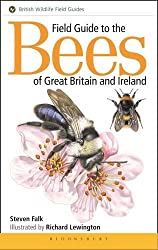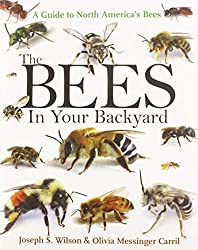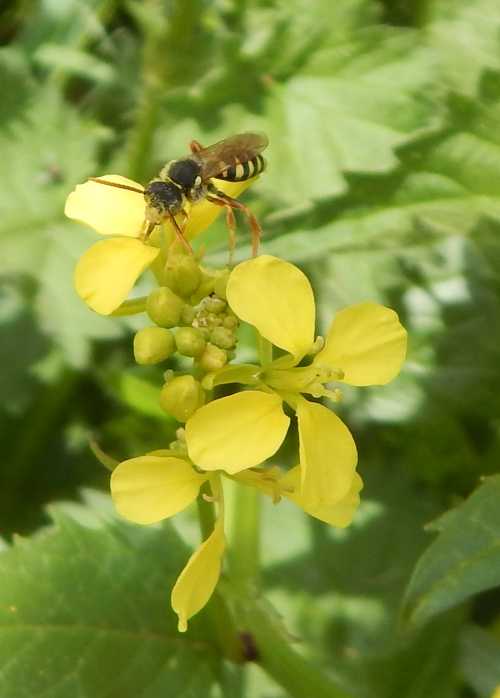Heriades - Resin Bees
There are bees which are commonly called 'resin bees' that belong to the leafcutter (Megachile) group, and another genus also referred to as 'resin bees' known as Heriades. Both of these bee genera are part of the Megachilidae bee family.
Heriades resin bees are small dark bees found in Europe, North and Central America, Japan, Asia, India parts of Africa and the Pacific Islands. They will typically visit a wide range of plants and can be found in a variety of habitats. Look out for this small bee visiting flowers in your garden.
About Heriades - Resin Bees
According to Wilson & Messinger Carril1, Heriades means 'wool', and may refer to the woolly patches of hair that occur on the abdomens of many species.
Around 25 Heriades occur in North and Central America1.
Falk2 notes there are over 100 described species, 2 of which have been recorded in Britain: Heriades truncorum (large-headed resin bee) and Heriades rubicola (small-headed resin bee), regarded as an accidental introduction2.
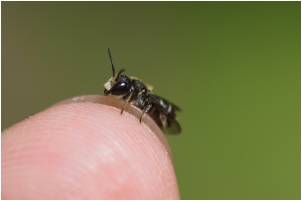 Heriades truncorum
Heriades truncorumBelow is an image of Heriades crenulatus, a species found widely in Europe, and with some records in South Africa, but this species does not currently occur in the UK.
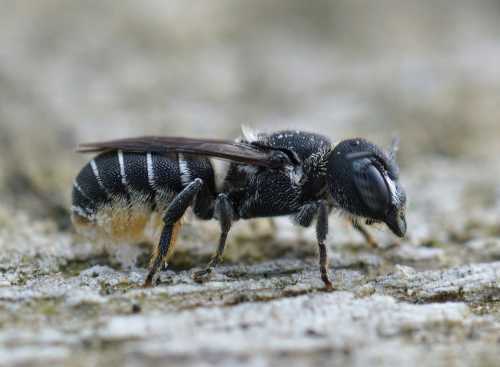 Female resin bee, Heriades crenulatus
Female resin bee, Heriades crenulatusPhysical characteristics of Heriades
How large are resin bees?
These are small, blackish bees measuring about 5 - 5.5mm in length.
Other characteristics
When identifying resin bees, look out for the slight curve at the tip of the abdomen. Short pale hairs at intervals form the impression of very slender bands around the abdomen. Females have a pale orangey pollen brush on the underside of the abdomen.
As a member of the Megachilidae, Heriades belong within the long-tongued category.
Heriades - resin bee nesting habits
Resin bees mostly nest in pre-exiting holes and crevices in trees and hollow plant stems, and may take advantage of disused beetle holes1. There are some reports of Heriades species using insect hotels in gardens2. In the Czech Republic Heriades crenulatus has been reported to nest in the empty galls of flies (Diptera, Chloropidae), and the galls were located on common reed plants3.
Cell partitions are made from resin which is collected from trees such as pines. Finally, resin mixed with particles of wood and plant material is used to plug the nest entrance2.
Heriades foraging habits
As a member of the bee family Megachilidae, resin bees have a pollen brush on the underside of the abdomen for collecting pollen from a wide range of plants including garden plants like heleniums (sneezeweed), members of the daisy family (Asteraceae), Common Ragwort, Tansy, sowthistles Common Fleabane and borages.
Resin bee habitat
Look out for this charming little bee in gardens, brownfield sites, wildflower verges, heathland and grassland.
References
1. Wilson & Messinger Carril - The Bees In Your Backyard
2. Field Guide to the Bees of Great Britain and Ireland by Steven Falk.
3. Bogusch P, Astapenková A, Heneberg P (2015) Larvae and Nests of Six Aculeate Hymenoptera (Hymenoptera: Aculeata) Nesting in Reed Galls Induced by Lipara spp. (Diptera: Chloropidae) with a Review of Species Recorded. PLoS ONE 10(6): e0130802. https://doi.org/10.1371/journal.pone.0130802
If you found this page helpful or interesting, I'd really be grateful if you would share it with others - if not this page, perhaps another, such as Gardening For Bees.
Thank you so much :) .
